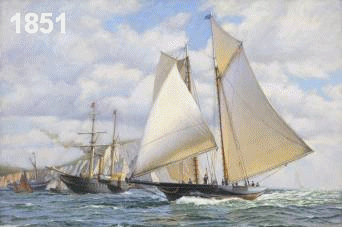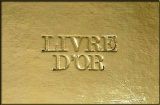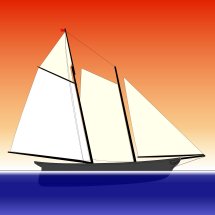 AMERICA'S CUP
AMERICA'S CUP1851-1937
"If we can fly today in the San Francisco Bay, this is because there have been "adventurers" like Walter Greene and Mike Birch.
To understand the future, we must know and respect the past."
Loïck PEYRON (Voiles et Voiliers July 2014)
![]()











 SATURDAY, JULY 24, 1920
SATURDAY, JULY 24, 1920 U. S. Yachts to Race in Three Series of Tests
U. S. Yachts to Race in Three Series of Tests


 John Beavor-Webb (1849 - March 11, 1927) was an Irish-American naval architect.
John Beavor-Webb (1849 - March 11, 1927) was an Irish-American naval architect. George Owen was born in Cambridge, Massachusetts in 1877. His mother died when he was young. After this loss, Owen was drawn closer to family in Rhode Island. The Owen family was active in yachting and commissioned boats from both Edward Burgess, and Herreshoff Manufacturing Company, Bristol, Rhode Island. In addition to many opportunities to race fast fine boats, Owen also began developing hobbies such as photography.
George Owen was born in Cambridge, Massachusetts in 1877. His mother died when he was young. After this loss, Owen was drawn closer to family in Rhode Island. The Owen family was active in yachting and commissioned boats from both Edward Burgess, and Herreshoff Manufacturing Company, Bristol, Rhode Island. In addition to many opportunities to race fast fine boats, Owen also began developing hobbies such as photography. "Painting should be as light as breath on glass."
"Painting should be as light as breath on glass."

